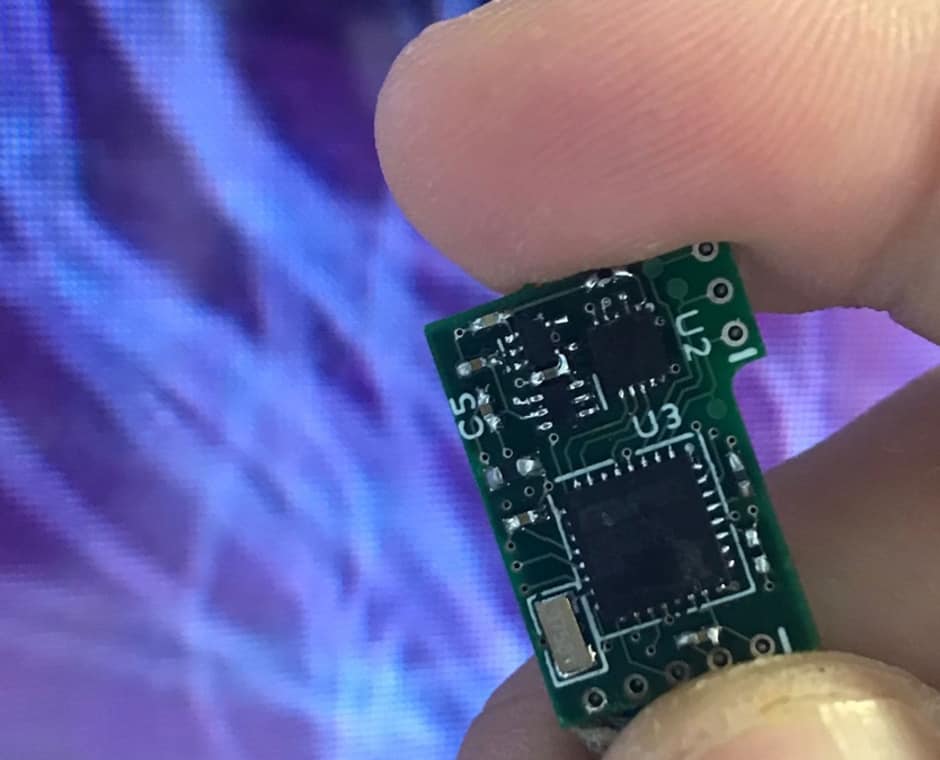Wireless bio-patch could improve post-operative outcomes following mastectomy
Complications that sometimes occur following breast reconstruction surgery could be identified and rectified sooner with a new bio-patch sensing device developed by a team led by Imperial College.

Measuring 1.8 x 1.1cm, the so-called bio-patch was attached to a group of patients for 48 hours following breast reconstruction surgery to continuously monitor oxygen saturation levels in transferred tissue, which is a key indicator of whether there is a risk of reconstruction failure.
According to Prof Guang-Zhong Yang, director of the Hamlyn Centre at Imperial College London, poor blood supply or failure of breast reconstruction surgery can have a major impact on a breast cancer patient’s recovery, prognosis and mental wellbeing.
“Clinical signs of failure often occur late and patients may be returned to the operating room on clinical suspicion,” said Prof Yang, who led the Smart Sensing for Surgery project. “Our new bio-patch tackles this problem by providing objective data as an early warning system for medical staff, enabling earlier and simpler interventions, as well as giving patients increased peace of mind.”
Patient’s routinely donate their own tissue to help rebuild breasts following mastectomy. The procedure achieves high success rates but early detection of possible problems could help further reduce post-surgical complications and cut surgery failure rates.
Register now to continue reading
Thanks for visiting The Engineer. You’ve now reached your monthly limit of news stories. Register for free to unlock unlimited access to all of our news coverage, as well as premium content including opinion, in-depth features and special reports.
Benefits of registering
-
In-depth insights and coverage of key emerging trends
-
Unrestricted access to special reports throughout the year
-
Daily technology news delivered straight to your inbox










Water Sector Talent Exodus Could Cripple The Sector
Well let´s do a little experiment. My last (10.4.25) half-yearly water/waste water bill from Severn Trent was £98.29. How much does not-for-profit Dŵr...